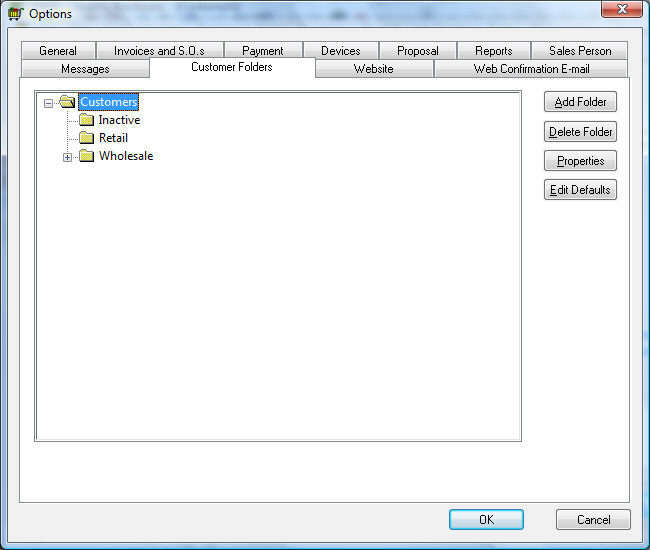Creating IDs
IDs are used throughout the system to identify a specific person, item,
or account. These codes must be unique since they are used to relate one
transaction record to another. By recording the ID throughout the system,
it allows the user to do extensive drill downs on totals throughout the
system.
IDs can be numeric or alphanumeric but are always in capital letters.
It is important to create IDs that are easy to remember and that are formed
in a predetermined manner.
Numeric IDs are not right justified. In a list of IDs, 2 would follow
the ID 10 and 40 would follow 123. To solve this problem in a numeric
ID, prefix the number with zeros so that all IDs in a specific group have
the same number of digits. Example 2 would be entered as 0002 if the agreed
number of digits was four.
General Ledger Account IDs are required to be numeric in the EBMS system
because of standard accounting practices. All other IDs can contain letters
as well as numbers.
IDs should not include spaces or any symbols besides the dash (-), underline
(_), and period (.) since these characters can create issues if barcodes
are printed from these ID codes.
EXAMPLES
Worker Entry
Jack L Smith could be identified
as SMIJAC
or SMIJACL.
Inventory Entry
20 lb. black claw hammer could be identified
as THAM20B.
T - Tools
HAM - Hammer
20 - 20
LB weight
B - Color black
Customer Entry
John Doe could be identified
as DOEJOH,
using the first three letters of the last name and the first three letters
of the first name.
Customer IDs can be automatically created by completing the following
steps:
Open Sales >
Options >
Customer Folders and click on the root Customers folder if
all customer IDs are created using the same format.

Click on the Properties
button and click on the Naming
tab.

Select the "First __ letters of last name and
first __ letters of first name" option by clicking on the right
arrow button. Enter the number of letters you wish to use from the
last name and the first name by entering them within the template.
Note that the system will use the first two names within the last
name field (company name) if the first name is blank.
Since we highlighted the root folder when we clicked
on the properties button, we can now click on the Filter
Down button to set all customer folders to format the ID in
the same way. Select individual folders and set ID formatting accordingly
if IDs are not created in the same manner.
Contact an EBMS customer service representative to add additional ID
template options to the system.

